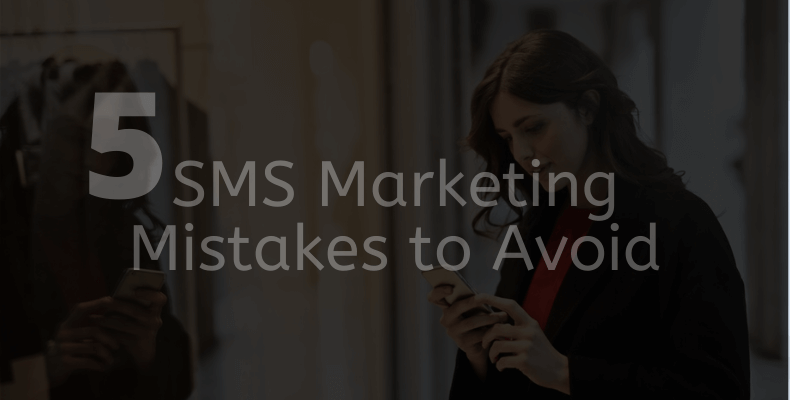5 SMS Marketing Mistakes to Avoid
Are you holding back your SMS marketing by making one of these common mistakes?
SMS marketing can be a powerful tool. When you consider that 90% of SMS messages are read within 3 minutes and that coupons sent via SMS are redeemed 10 times more than any other coupon — it’s a marketing channel many people want to adopt.
Utilizing SMS marketing allows you to communicate with your customers on their most-used device and reach them anywhere they go. People continue to grow dependant on their smartphones, so much so that they are now spending upwards of 5 hours a day browsing on their handheld devices.
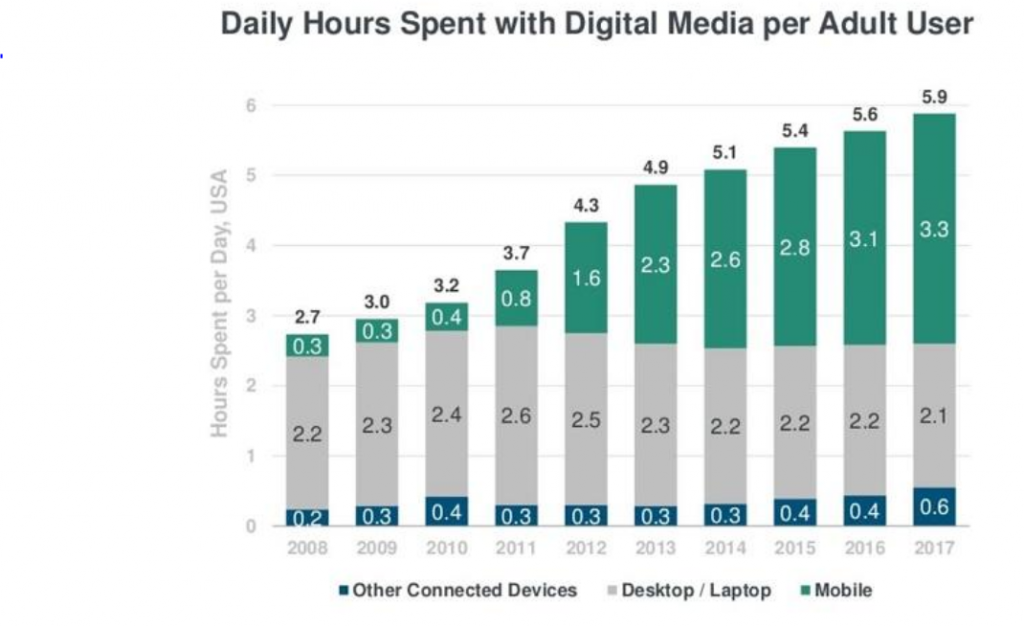
When you look at it on paper, it’s a recipe for success for any company. So, what happens when you’ve spent all this time and money into launching a text marketing for your brand, but your metrics fall short. It’s time to take a step back and make sure you’re making the most out of your SMS marketing strategy.
In this article, we’ll take a look at five common mistakes that could be affecting the success of your SMS marketing. Here’s a quick glance at the five mistakes we’ll discuss:
- Sending too many messages to your subscribers
- Not following proper opt-out procedures
- Forgetting to segment or personalize your subscriber list
- Not taking the time to build a substantial subscriber list
- Sending SMS messages without a mobile-friendly website
The Most Common SMS Marketing Mistakes
If you’re new to the SMS marketing world, you may still be learning by trial and error — and that’s okay! It’s important to understand your customers and sometimes, you have to test things out to really know what resonates with them.
You’re always going to need to continue to tweak your messaging and adjust sending times based on the changing needs of your customers. But, there are a few steps you can take to avoid negative results from your text marketing from the start.
Some of these mistakes are as simple as sending the wrong content, while others may need to be addressed based on regulatory concerns. Let’s dive in to see if you’re making any of these common mistakes.
1. You’re Sending Way Too Many Messages
It can be tempting to send multiple messages to your customers via texting — especially with the appealing open and read rates that come with SMS messages. But this isn’t the avenue to be mass texting customers and if you are, it is a sure way to lose subscribers.
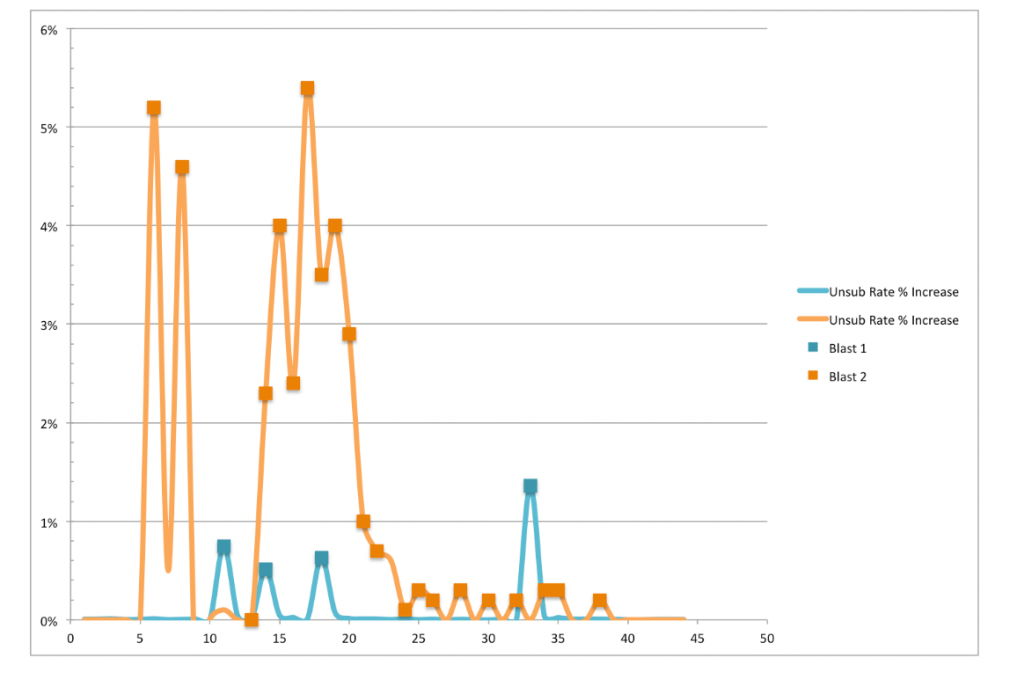
Unlike email, people are generally more hesitant to hand over their mobile phone numbers. So when they do, they expect that the communication you’re going to send them is relevant and worth their time. Sending multiple messages a day, or even within a week can simply annoying subscribers and make them not want to purchase or interact with your brand.
So, what is the best practice when it comes to sending messages to your customers? Only send a few messages per month. This will help keep your company on your customer’s radar, but won’t overwhelm them with content every other day. If you’re sending the right content, to the right customers, a few texts a month will be all you need to see an increase in engagement.
2. Not Including an Opt-Out Option
This is one of those mistakes that you really don’t want to be making. Having an opt-out option is more than a best practice, it’s a regulation set for any company that is using SMS messaging. To stay compliant, you must provide users with instructions on how to opt-out of marketing materials from your company.
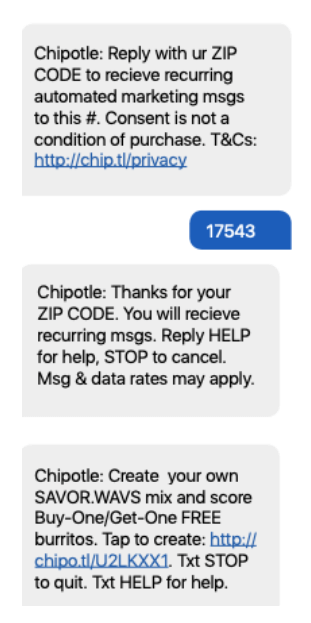
Opt-out messages should be included with every single text message that is sent out as part of your SMS marketing strategy. If a customer chooses to opt-out, you must remove them from your list and stop sending them text communications. If you do not follow these rules, you will find yourself not only frustrating customers but also in violation of SMS marketing regulations.
To avoid any negative consequences and make it easy for your customers to opt-out of your SMS marketing messages, add opt-out instructions to all of your communication from day one. Users should be able to easily respond to the message with a shortcode that indicates they no longer want to receive text communication from your company.
From there, set up an internal process to ensure that if someone has decided to opt-out, they are taken off the distribution list right away. Once you have an understanding of the laws around opt-in and out-out processes, there’s no reason you should make this mistake again.
3. Forgetting to Segment and Personalize Your Subscriber List
For many people, text messaging is a more personal action than email. The majority of texting is done with friends and family members. So when a customer has given you the approval to send them text messages, you need to make sure the communication is not only relevant but also personal.
Sending mass texts with generic content won’t get you anywhere in today’s mobile world. You need to take the time to learn about your customers and know what content they want to receive. If you continuously send them irrelevant content that doesn’t apply to their shopping or browsing behavior, you can expect to lose that contact.
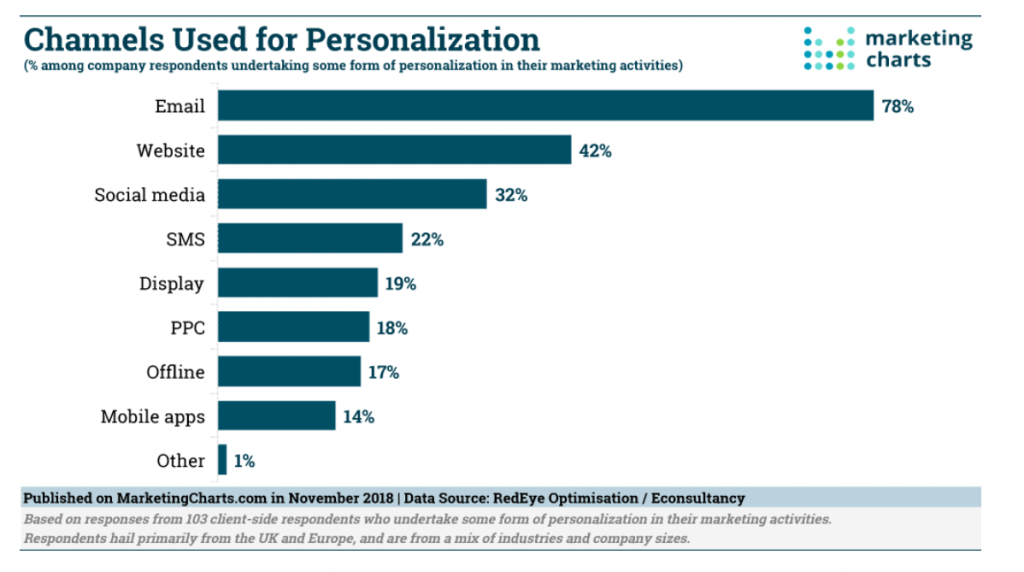
This means you need to take the time to segment your subscriber list and listen to what the data is telling you. Do you know a certain group of customers wait to purchase until they have a coupon valued at 15% or more? Segment them that way and use it to your advantage when it’s time to push a big sale.
The more you know about your customers, the more you can segment content to their interests. Test different things to see what works and what doesn’t — from there you can continue to build on your segmentation and personalization to continue seeing positive results.
4. Not Taking Time to Build Your Subscriber List
Building your subscriber list is the first step in having a successful SMS marketing plan. If you don’t put in the effort in the early stages, you’ll find that your metrics and success rates will show it down the road. Since SMS requires subscribers to provide consent and explicitly opt-in, it can take a bit longer to build a substantial customer list.
There are a number of steps you can take to help build a large, engaged SMS subscriber list. Here are a few different ways you can encourage customers to sign up for your SMS messages:
- Promote your SMS channel through in-store signage and registration forms
- Let your email subscribers know about the new communication method
- Encourage customers to sign up by offering a coupon or discount code as an incentive
- Share details on how to join your SMS subscriber list on your social media platforms
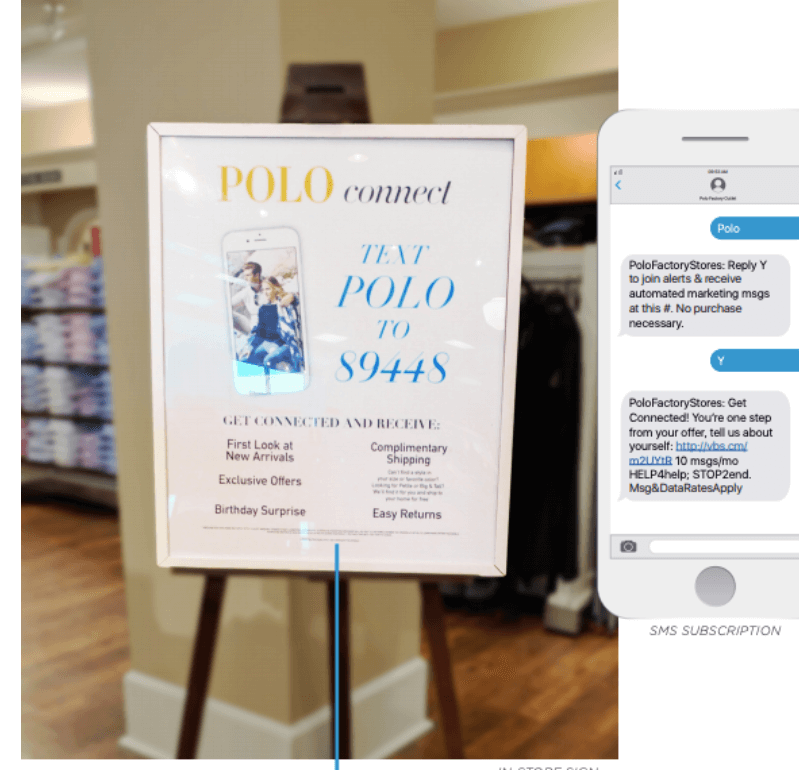
While it may take some extra effort upfront, spending the time to build your subscriber list will payoff. The larger your list, the more chances you have to engage with your customers and improve the effectiveness of your SMS marketing campaign.
5. Your Website Isn’t Mobile-Friendly
Last but certainly not least, if your website isn’t optimized for mobile implementing SMS marketing is not going to work to its full potential. Having a mobile-friendly website is very important in today’s day and age, but if you plan to text your customers and send them back to your website — it’s essential.
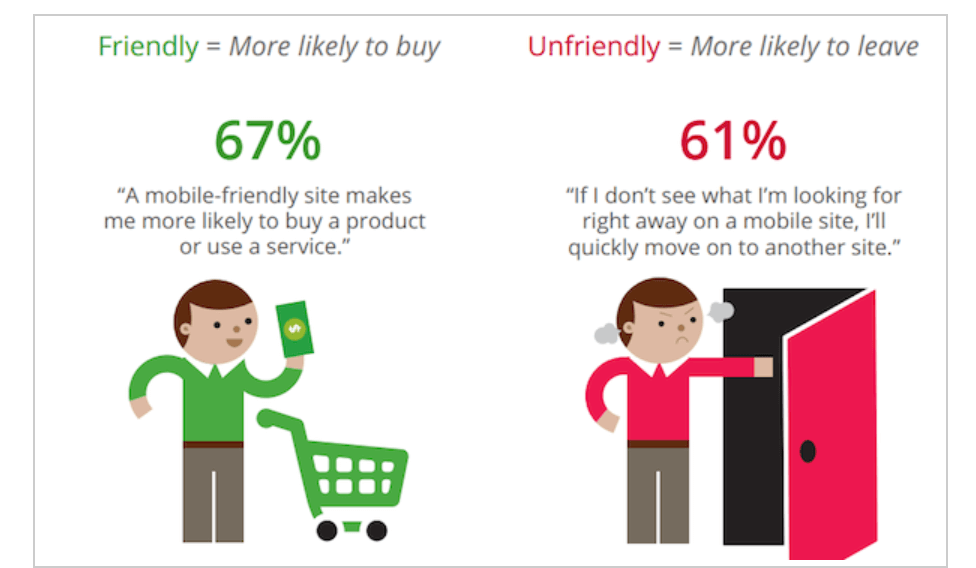
Think about it like this, you’re sending customers a text message to their mobile phone with a link to your website. If they click that link from their smartphone and the site isn’t optimized, they are going to close right out of it and move on with their lives. The experience needs to be seamless from the text message they receive to the on-site experience.
Since SMS is entierly driven by mobile devices, you’ll be losing customers before you even get started if your website isn’t optimized to handle mobile browsing. So before you get started thinking about SMS marketing, make sure your website is mobile-friendly and designed to provide the best customer experience.
Start Improving Your SMS Marketing
Did any of these mistakes sound familiar to you? If so, it’s time to take a step back and see how you can improve your SMS marketing strategy. When using a powerful tool, there’s always a chance of missing the mark. The great news is, you have the ability to adjust your tactics to improve the overall customer experience and your campaign metrics.

